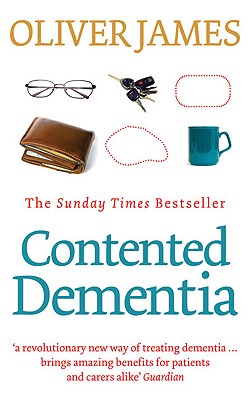
Department of Health and Human Services
product information
description
initially in the 1980s in response to the growing numbers of individuals entering the treatment system with cocaine or methamphetamine dependence as their primary substance use disorder. Many traditional treatment models then in use were developed primarily to treat alcohol dependence and were proving to be relatively ineffective in treating cocaine and other stimulant dependence (Obert et al. 2000). To create effective treatment protocols for clients dependent on stimulant drugs, treatment professionals at the Matrix Institute drew from numerous treatment approaches, incorporating into their model methods that were empirically tested and practical. Their treatment model incorporated elements of relapse prevention, cognitive?behavioral, psychoeducation, and family approaches, as well as 12-Step program support (Obert et al. 2000).
member goods
No member items were found under this heading.
listens & views

SUMMER SESSIONS 5 / VARIOUS ...
by SUMMER SESSIONS 5 / VARIOUS (SPA)
COMPACT DISCout of stock
$11.99
Return Policy
All sales are final
Shipping
No special shipping considerations available.
Shipping fees determined at checkout.






